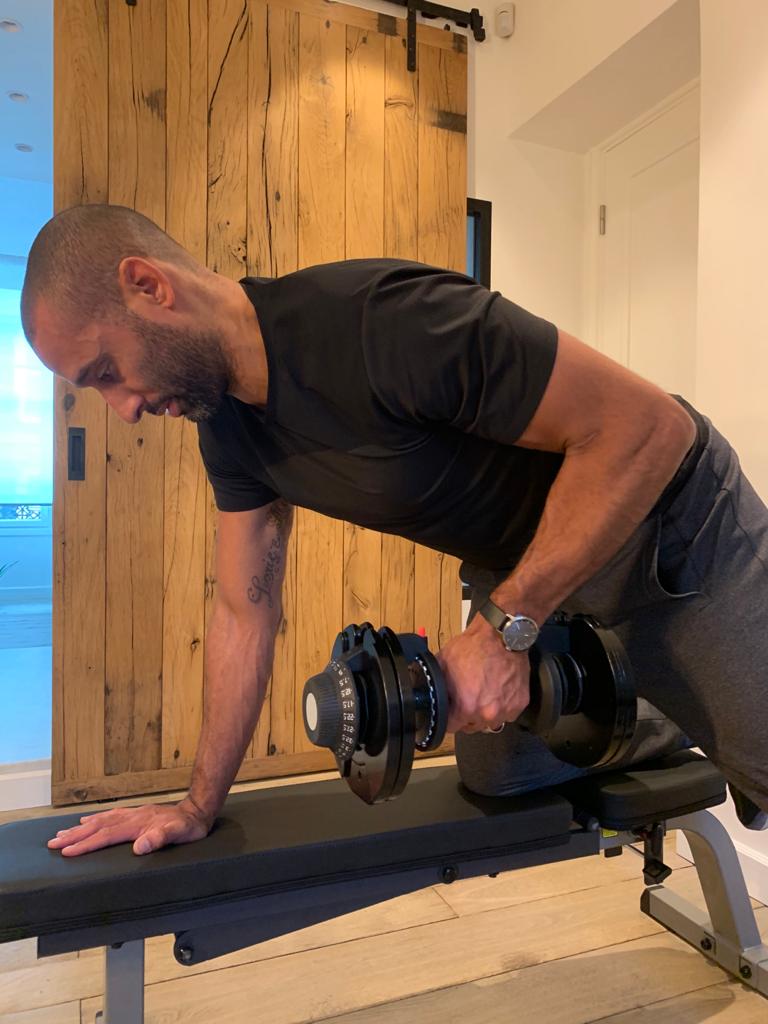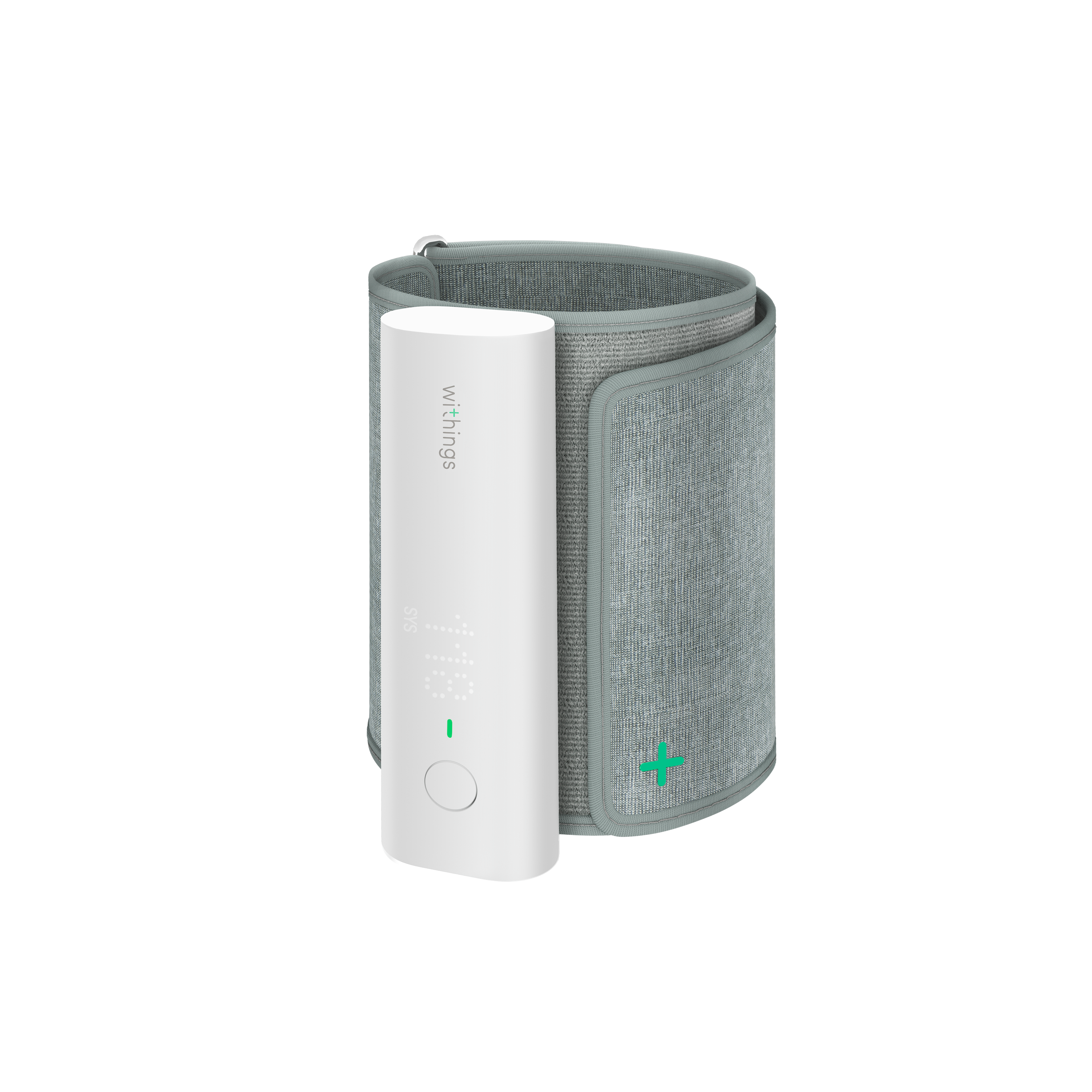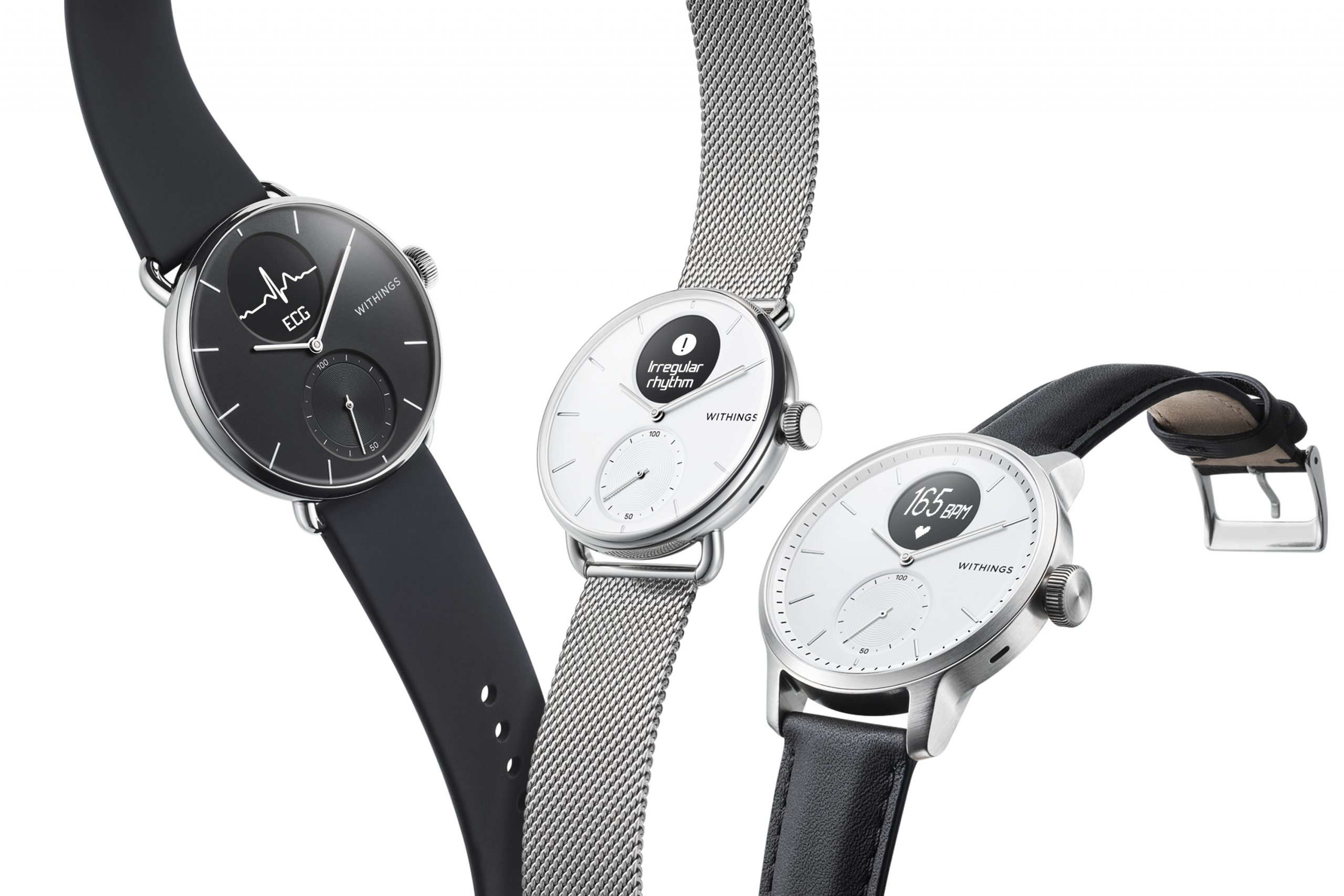
Frédéric Paupert, sports coach and former top athlete, suffered from atrial fibrillation, the most common cardiac arrhythmia. Find out how an operation saved his life and love of fitness.
If you are familiar with Frédéric Paupert’s name or face, it may be because this former judo master defended France’s colors internationally by competing in the under 100 kg category for 10 years. Paupert has since retired and went on to launch W&D, a personal training business in France for individuals and companies. But in June 2020 at only 43 years old, a bike ride landed him in the emergency room after which he was diagnosed with atrial fibrillation, also known as AFib. AFib is the most common form of irregular heart rhythm, can often be silent, and can lead to many complications, such as blood clots or heart failure. Luckily he caught it in time, got treatment, and continues to monitor his heart health. He told us his story, in his own words.

Palpitations…
“It was in June. We were cycling home from a family picnic in Parc de Saint-Cloud, just outside of Paris, when I started to feel out of breath. My heart started beating fast all evening… and then all night long! I blamed it on stress—it’s not always obvious when you run your business, and I had never had any sign of a particular heart or health problem. The next day, I went to the office because I was doing my courses by video. I got used to going there by bike because I love it, but this time, the last little climb seemed to be Mount Everest. So much so that I had to get off my bike and finish on foot. I told my wife about it and she immediately advised me to call a doctor friend who advised me to go straight to the emergency room. I tried to negotiate about doing my sessions for the day, but he insisted: go to the emergency room by cab, not by bike!
When I arrived at the emergency room, the medical team recorded several electrocardiograms to observe my heart because I was having acute tachycardia attacks. My heart was beating up to 180 beats per minute while lying down compared to my normal heart rate which had been around 50 beats per minute. Thanks to the beta blockers, my heart finally came back down to a normal heart rate. The doctor’s verdict? I needed to stop working and make an appointment to see a cardiologist 15 days later.
Very quickly, I realized that it would take too long. I was exhausted and could barely get up. I couldn’t run errands or take care of my kids. It’s a strange feeling when you’re a great sportsman to be out of breath just doing the dishes. Fortunately, our doctor friend found me an appointment with one of his colleagues 48 hours later. When I arrived in the office, the cardiologist gave me an ultrasound and told me the diagnosis: I had atrial fibrillation. I didn’t know it, but this pathology is common among great athletes who spend their youth pushing their bodies. I never did drugs, but I trained 20 to 30 hours a week and went out a lot. The doctor gave me a choice: either be on medication for life or undergo an operation that came with the hope of a cure. I quickly accepted the operation.”
Surgery
“I was on the operating table 15 days later. The procedure lasted about 50 minutes under general anesthesia. It was a percutaneous operation, so it was less heavy than open-heart surgery. Everything went well for me. When I video called my wife a few hours after the operation, she already thought that I had regained color and looked better than before. My blood circulation was better because my heart was more efficient, and I had a fresh and rested complexion as if I had just come back from vacation.”
A new challenge
“I recovered very quickly after the operation and took beta-blockers and anticoagulants for a few weeks until the end of August. I felt so good that I wanted to get back into sport right away, but I had to wait a little while to let the wounds in my body heal. After three weeks, I slowly resumed my sessions and work. When I went back to the cardiologist in the fall to take stock, he allowed me to resume exercising since everything was going well. I took him at his word and began preparing for the Gravelman Roubaix-Paris: a 350 km bike ride to be finished in 48 hours max. Quite a challenge! I’ve been through a lot, but what a doozy this one was! It was a great physical and psychological challenge. I did 100km the first day, slept 5 hours, left for the last 250km, and crossed the finish line on time. “*
*Warning: If you wish to practice a physical activity or if you are preparing a sporting event, always consult with your doctor, especially after an operation.
Remission

“Since I have been aware of my arrhythmia, I must admit that my lifestyle has changed and am generally more careful. I eat well, sleep well, and hardly drink alcohol anymore. There is a very high risk of recurrence within three months after the operation, and then you need to pass the 6-month and 12-month marks before you can consider yourself out of the woods.
In the meantime I wear ScanWatch, which I am very satisfied with. Once a week I record an electrocardiogram and a blood oxygen saturation (SpO2) measurement as recommended by my cardiologist. This regularly scheduled follow-up is sufficient to monitor my heart without making it an obsession. This is a watch that I recommend to athletes because atrial fibrillation affects them specifically. The watch can allow them to monitor their health, as well as their sports performance.
My experience has significantly touched those around me., including my friends who now pay more attention to their bodies and lifestyles. I talk openly about my ordeal and recovery to the people I train to encourage them to listen to their bodies and to seek help when they have the slightest doubt.”
Thanks to Frederic for sharing his time, and his experience. As mentioned above, Atrial fibrillation is the most common cardiac arrhythmia. It is an abnormality in the electrical activity of the heart that causes it to beat irregularly. Detecting AFib is important because it can lead to many complications. If atrial fibrillation is treated, you are five times less likely to have a stroke. The disease may be asymptomatic or episodic in the early stages, making it particularly difficult to diagnose. You can detect AFib by recording a medical electrocardiogram using Withings Move ECG, ScanWatch, or BPM Core. At any time you can easily share your recordings with your doctor from the Health Mate application to help confirm a diagnosis.




